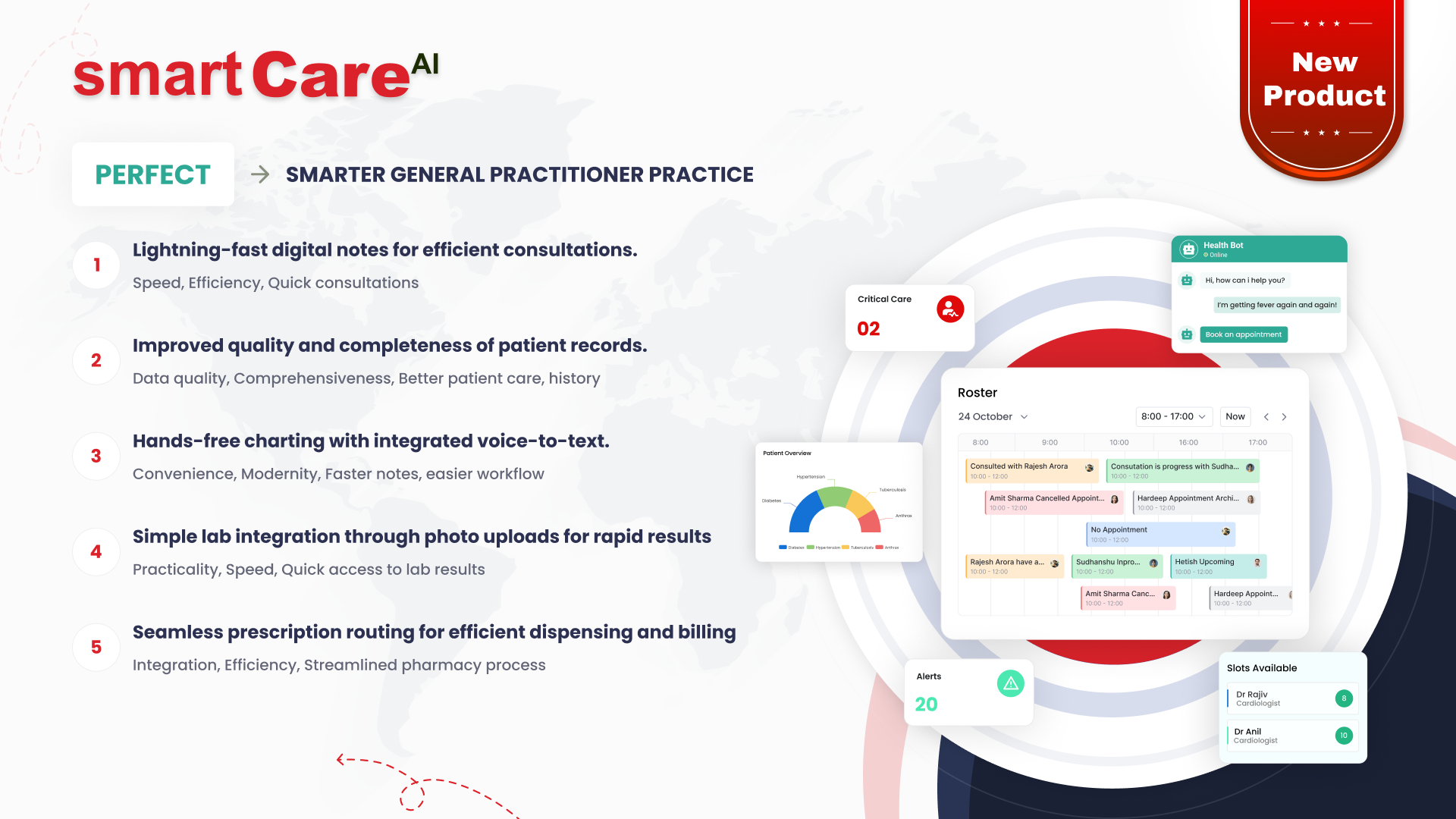
Posted On May 8, 2025
How to Optimize Your Healthcare Software Development Budget Effectively
Managing budgets wisely is key in any healthcare software development project. From understanding core costs to making smart decisions early on, every step can influence how much you spend — and how much value you get in return. Here’s a simple and helpful guide to getting the most out of your healthcare software development budget.
Understanding the True Cost of Healthcare Software Development
Before diving into development, it’s essential to know where your money is going. Costs typically include more than just coding — think research, design, testing, deployment, integration with existing systems, and long-term maintenance. By breaking down the full scope early, healthcare providers can better plan and avoid hidden costs that arise later in the project.
Setting Clear Goals Before You Start Building
Unclear project goals often lead to wasted time and resources. Before development begins, define your objectives: What problem is the software solving? Who will use it? What are the success metrics? With clear, measurable goals, your development team can focus efforts in the right direction, ensuring time and budget are used wisely.
How to Prioritise Features That Add Real Value
It’s easy to get excited about adding every possible feature. But focusing on what really matters makes a big difference to your budget. Start with a Minimum Viable Product (MVP) that includes the core functionalities needed by users. Collect feedback and scale features gradually. This reduces upfront costs and ensures you’re only paying for features that bring actual value.
Choosing the Right Technology Stack to Save Money
The tech stack — programming languages, frameworks, and tools — plays a big role in cost and performance. Choose technologies that are scalable, secure, and well-supported by the developer community. Open-source options can also help cut costs, provided they meet your security and compliance standards. An experienced development partner can guide you in choosing the most cost-effective solutions.
Why Working with an Experienced Development Partner Matters
Partnering with the right team can save you both time and money. Experienced developers understand industry regulations, have handled similar projects, and can foresee challenges before they become expensive problems. A reliable partner also provides long-term support, helping you manage updates and reduce future costs.
Avoiding Common Mistakes That Increase Development Costs
Many healthcare software projects run into budget problems due to poor planning, unclear requirements, or unnecessary features. One of the most common mistakes is starting development without a well-defined scope or timeline. When goals are vague, costs can quickly spiral out of control.
Another costly pitfall is skipping early testing phases. Fixing bugs later in development is more expensive and time-consuming. Teams should also avoid over-customising solutions when standard components would suffice. Staying focused on the user’s core needs helps prevent unnecessary expenses.
How Agile Development Helps You Stay on Budget
Agile development is a practical way to manage healthcare software projects with flexibility. Instead of building everything at once, Agile breaks the project into smaller parts known as sprints. Each sprint focuses on specific goals, which helps teams stay on track and adapt to changes without blowing the budget.
This approach encourages regular feedback, allowing developers to adjust features based on real-time input from users or stakeholders. In the long run, Agile reduces rework, increases transparency, and makes it easier to manage costs.
Making the Most of Your Existing Infrastructure
Before investing in new technologies, healthcare providers should assess their current IT infrastructure. Often, valuable systems and tools already in place can be upgraded or integrated rather than replaced.
For example, connecting a new patient management system with existing EHR (Electronic Health Record) software can be more cost-effective than building an entirely new solution from scratch. Smart integration helps cut costs while maintaining functionality and compliance.
Planning for Long-Term Maintenance and Support Costs
Many organisations underestimate the long-term costs associated with maintaining and supporting software. Regular updates, data security, user support, and system scaling can become expensive if not planned from the start.
By including a post-launch maintenance plan in your initial budget, you ensure that the software continues to perform well and stay compliant with healthcare regulations. It’s important to partner with a provider that offers ongoing support and transparent pricing models.
Tracking ROI to Ensure Smart Budget Decisions
Measuring return on investment (ROI) helps healthcare providers determine if their software is delivering value. Key performance indicators (KPIs) such as improved workflow efficiency, patient satisfaction, reduced administrative costs, and lower error rates all contribute to ROI.
Tracking these metrics allows organisations to fine-tune their digital tools, eliminate underperforming features, and justify future budget allocations. Making data-driven decisions helps stretch your budget and improve outcomes over time.
Conclusion
Optimising your healthcare software development budget is all about careful planning, clear priorities, and smart partnerships. By understanding the true costs, setting the right goals, and focusing on real value, healthcare providers can build effective software without breaking the bank. At smartdatainc.com, we help healthcare organisations develop high-quality digital solutions that meet their needs — efficiently and cost-effectively.
